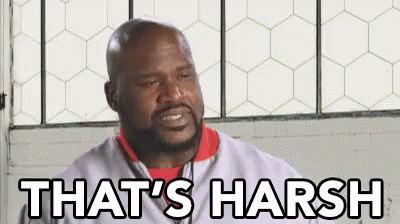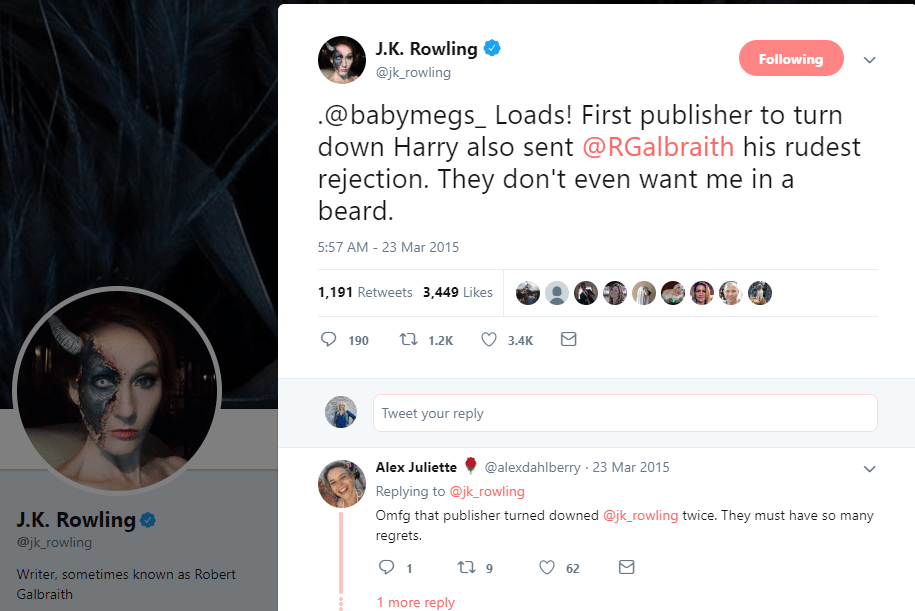It’s been a hot second since I have been able to post on my blog! Being a mom to a toddler, an English teacher, and an author leaves very little time to do much else besides survive. I’m going to do my best, however, to update this space semi-regularly as a place holder for my “Newsletter” until I have that up and running.
Right now, I am primarily active on Instagram and foresee myself continuing this moving forward. Although I love the depth of WordPress, there is simply not enough time in my day to create and post quality blog articles as I used to. If any of my friends on WordPress have an Instagram, please come find me so that we can reconnect! If any of my friends on Instagram are reading this, please follow my WordPress in case anything should happen to my Insta account (as we all were affected by that major, scary glitch that happened last week)!
Enough background, time for the update!
I am currently focusing all of my creative energies into my WIP The Runic Saga. Here’s a short blurb:
In a world brimming with Norse mythology, ancestral magic, and mystic runes, Larissa has no time to dwell on the stories of old. Not with a monthly quota to meet and a second-born sister to hide.
-Kayla Ann Author
I have completed book one, WELL OF DREAMS, at a whopping 118,000 words! …Unfortunately, that is apparently a major turn-off for most agents as I have learned from my various rejections over the past couple of months. NOTHING about the querying process has been easy, but I am grateful that I finally had one agent help me narrow down the problem. Apparently, for debut authors/novels, most agents won’t risk it on a mansucript that is beyond 80,000 words. So let’s just say, I’ve got my work cut out for me to start trimming!

In other news, I am currently drafting book two, WELL OF ASH which is at 65,000 words, and only at the half point. So, unless I’m allowed to have more words in a second book, it looks like I’ll need some major edits for book two as well!
Moving forward, I am going to dive into some deep edits of book one while continuing to draft book two. If you are interested in joining me on my journey or watching me make of fool of myself with author reels, check me out on Instagram @kaylaannauthor
















You must be logged in to post a comment.